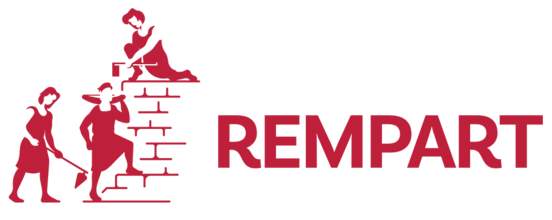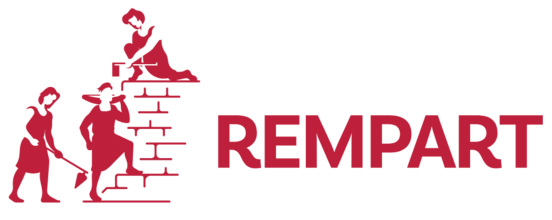Organizers / Managers
Presentation
La Riobé, the archaeological and historical association of the Châteaubleau region, was founded in 1953 by Jacques-Paul Burin, taking over the work of the site's inventor, his grandfather, Victor Burin.
La Riobé, a member of Union REMPART, is based in the commune of Châteaubleau, near Nangis (Seine-et-Marne). Its aim is to preserve and promote the archaeological heritage of the village and surrounding area.
The team of volunteers has already uncovered several built complexes dating from the 1st to the 5th century, including a water sanctuary, a cult complex comprising four fana, three residential and craft quarters and a villa.
The current project is the clearance of a sanctuary as part of a programmed excavation under the aegis of the Regional Archaeology Service, and carried out by volunteer workcamps.
The association takes part in exhibitions and Heritage Days. Its efforts to preserve the remains uncovered have resulted in the theater being listed as a Historical Monument and the water sanctuary being registered.
La Riobé carries out educational activities both in and out of school as part of the EAC programme.
La Riobé's mission is to understand the genesis, development and abandonment of this Gallo-Roman city along the Via Agrippa. The city's religious character is strongly marked by the presence of two sanctuaries and a large cult enclosure with several temples, the presence of a counterfeiting workshop in the 3rd century and the discovery of several inscriptions in the Gallic language.The presence of two sanctuaries and a large-scale cult enclosure with several temples, the presence of a counterfeiting workshop in the 3rd century and the discovery of several inscriptions in Gallic make this a particularly interesting site for understanding the integration of Gallic civilization into Roman society.
The means of this study are, of course, excavation, but also the study of the material and furniture discovered and the traces left in the landscape by Gallo-Roman occupation. These thematic studies have begun to shed light on construction techniques, ceramic manufacture, metal, bone and leather working, as well as endemic and cultivated species.
A great deal of work remains to be done in these areas, as well as in understanding the cults practiced at Châteaubleau. This is the purpose of the workcamps proposed by Riobé and the work carried out throughout the year by members of the association.
Every summer, for one month, a programmed archaeological dig is carried out on the Gallo-Roman remains of the town. This activity is open to all volunteers over the age of 18 (16 by special dispensation), with or without archaeological experience.
For over ten years, the Riobé has been organizing educational workshops for young people and their teachers, to raise awareness of the interest and importance of the remains discovered. At Châteaubleau, teachers can put into practice the concepts covered in their school curricula.
Classroom sessions are often organized to help prepare students for their visit to the site. Beyond their knowledge of the Gallo-Roman era and the profession of archaeologist, they give students a vision of research "in progress" and of the contribution that each individual can make by taking part in workcamps and studies.
La Riobé takes part in social integration initiatives by welcoming groups of young people in difficulty, to introduce them to archaeology. It is open to any proposal in this direction, subject to the necessary special supervision conditions.




